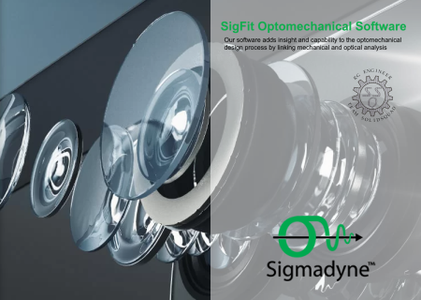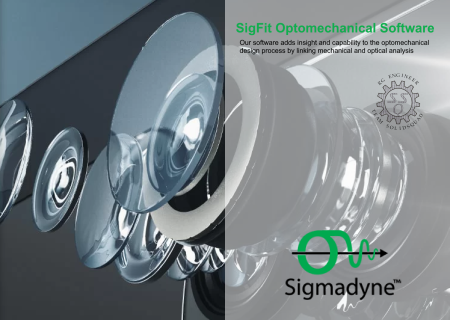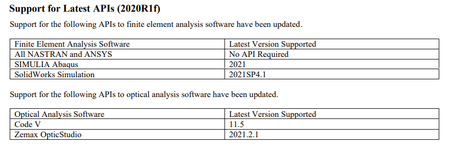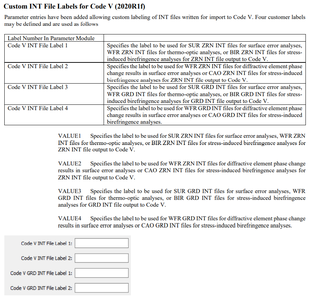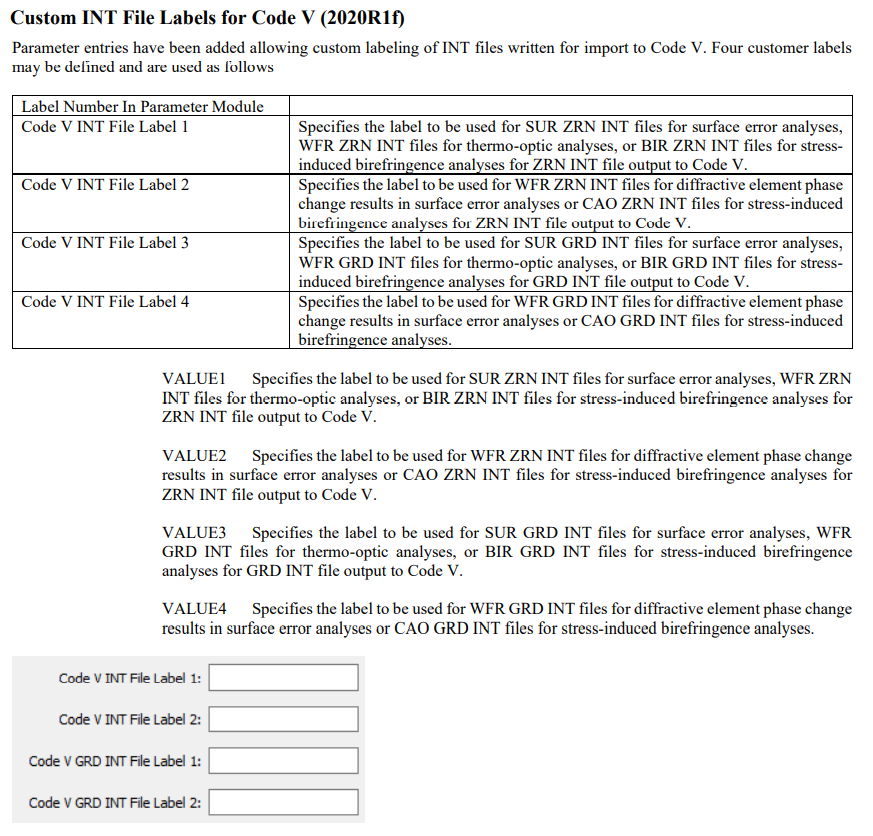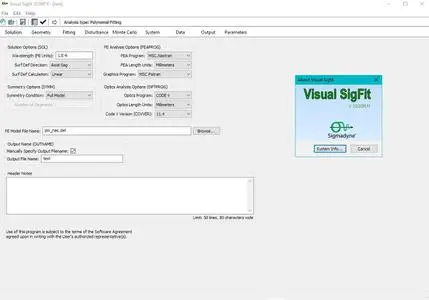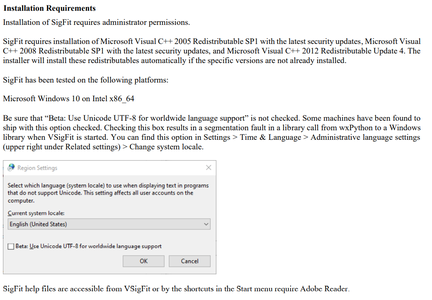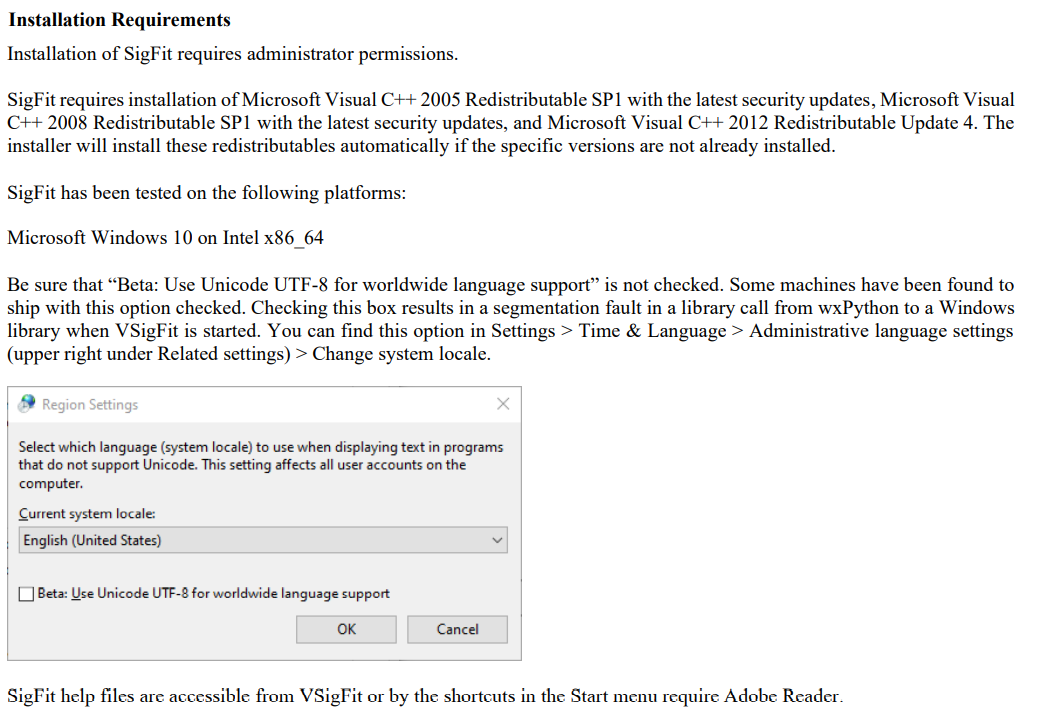Sigmadyne SigFit 2020R1f | 500.9 mb
The Sigmadyne development team is pleased to announce the availability of SigFit 2020R1f is an engineering analysis tool that integrates mechanical analysis with optical analysis.
SigFit 2020R1f Release notes
New Features
Support for Latest APIs (2020R1f)
Change in RoC Written as Change or Update in Optical Macro Files (2020R1f)
If the change in radius of curvature is selected to be subtracted then this will be represented in the optical macro files as an increment to the radius of curvature in the optical model. Prior versions of SigFit would set the radius of curvature to a new value using the nominal value specified in SigFit. This could cause a problem if the specification of the nominal radius of curvature in SigFit was truncated by the user. To avoid this potential error the macro now interrogates the optical model for the nominal radius of curvature and updates using that value.
Optional Supression of Reverse This Surface/Decenter and Return (2020R1f)
Optional Formatting of Optical Macro Files to Update Rigid Body Motions (2020R1f)
Custom INT File Labels for Code V (2020R1f)
Error fixes
Prevent Allowing Optical Macro Output for Polynomial Fitting Sag Deformation of Q-Type Surfaces to Code V (2020R1f)
An error trap did not exist to stop users from generating axial sag deformation for Q-Type surfaces in Code V. Applying sag deformation to Q-type surfaces will be addressed in the next major release of SigFit. Application of normal surface error to Q-type surfaces is allowed when sending results to Code V
SigFit allows users to perform opto-mechanical analyses on finite element results such as surface deformations, lens temperatures, and lens stresses. Such results are used within SigFit to compute optical performance metrics such as characterizations of deformed optical surfaces, maps of optical path difference (OPD) due to the thermo-optic and stress-optic effects in lenses, maps of birefringence and crystal axis orientation due to stresses in lenses. These optical performance metrics can be formatted into files readable by many popular optical analysis codes allowing engineers to understand the effects on optical performance due to mechanical disturbances.
SigFit has many other features as well including simulation of adaptive control, variational analysis using Monte Carlo methods, and calculation of dynamic responses wavefront error (with link to optical analysis software) and line-of-sight error.
Overview of SigFit
Sigmadyne, located in Rochester, NY, specializes in optomechanical consulting services with decades of experience in many photonics markets. Our software, SigFit, allows users to transform results from mechanical finite element analyses into result import formats for popular optical analysis tools.
Product: Sigmadyne SigFit
Version: 2020R1f
Supported Architectures: x64
Website Home Page : www.sigmadyne.com
Languages Supported: english
System Requirements: PC *
Size: 500.9 mb
Please visit my blog
Added by 3% of the overall size of the archive of information for the restoration
No mirrors please
Added by 3% of the overall size of the archive of information for the restoration
No mirrors please


